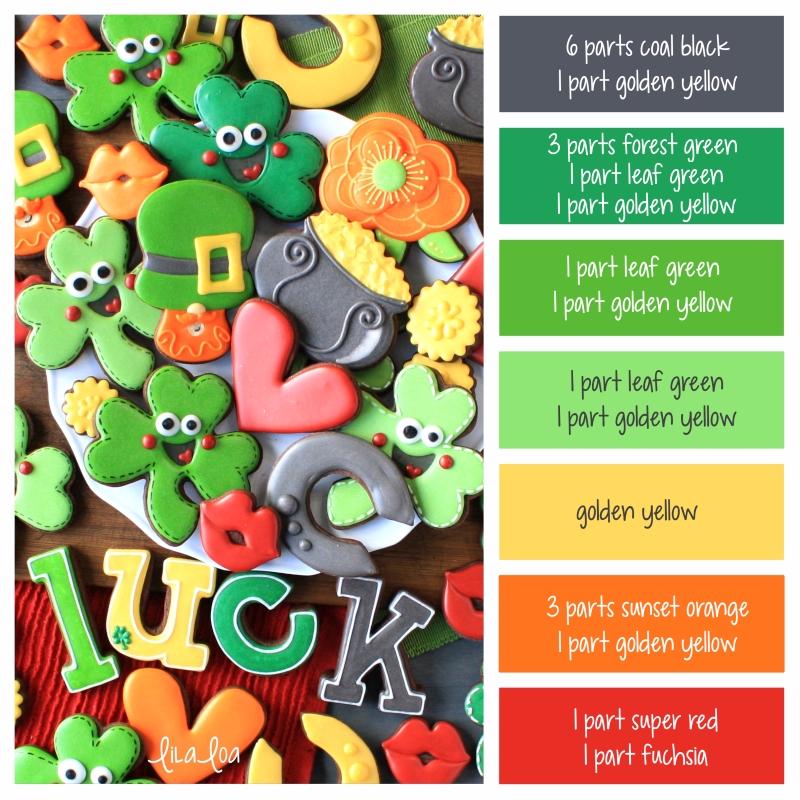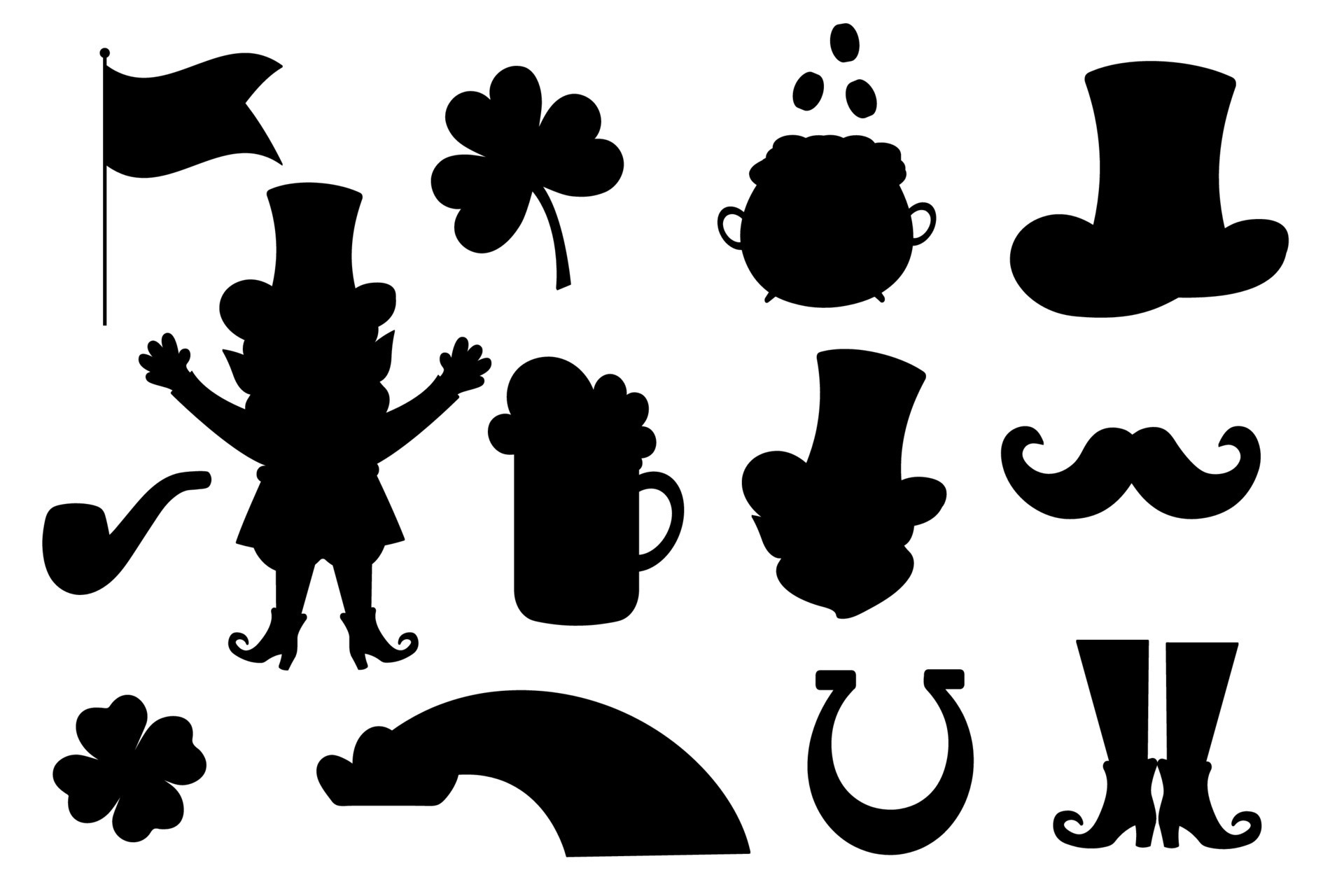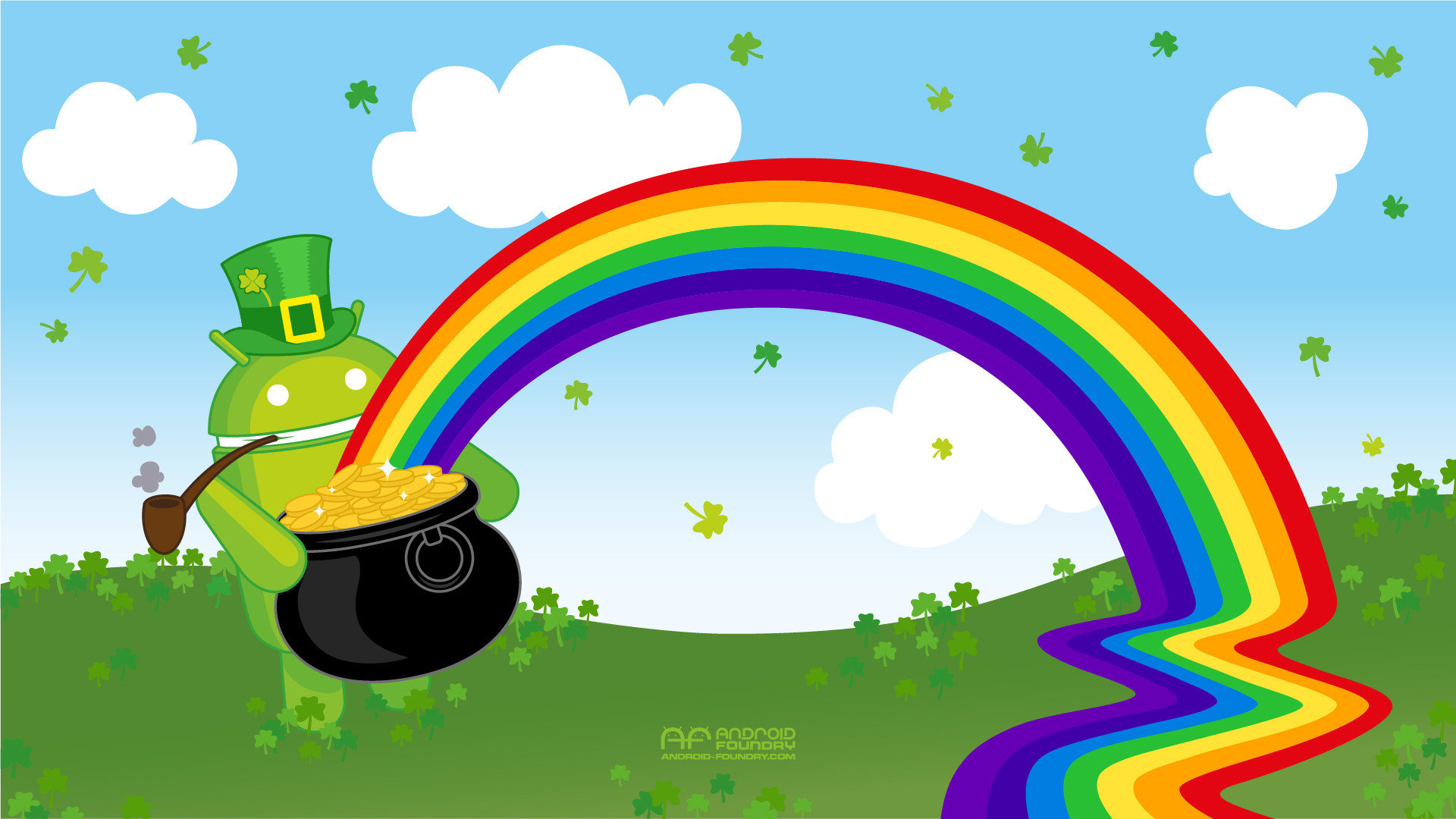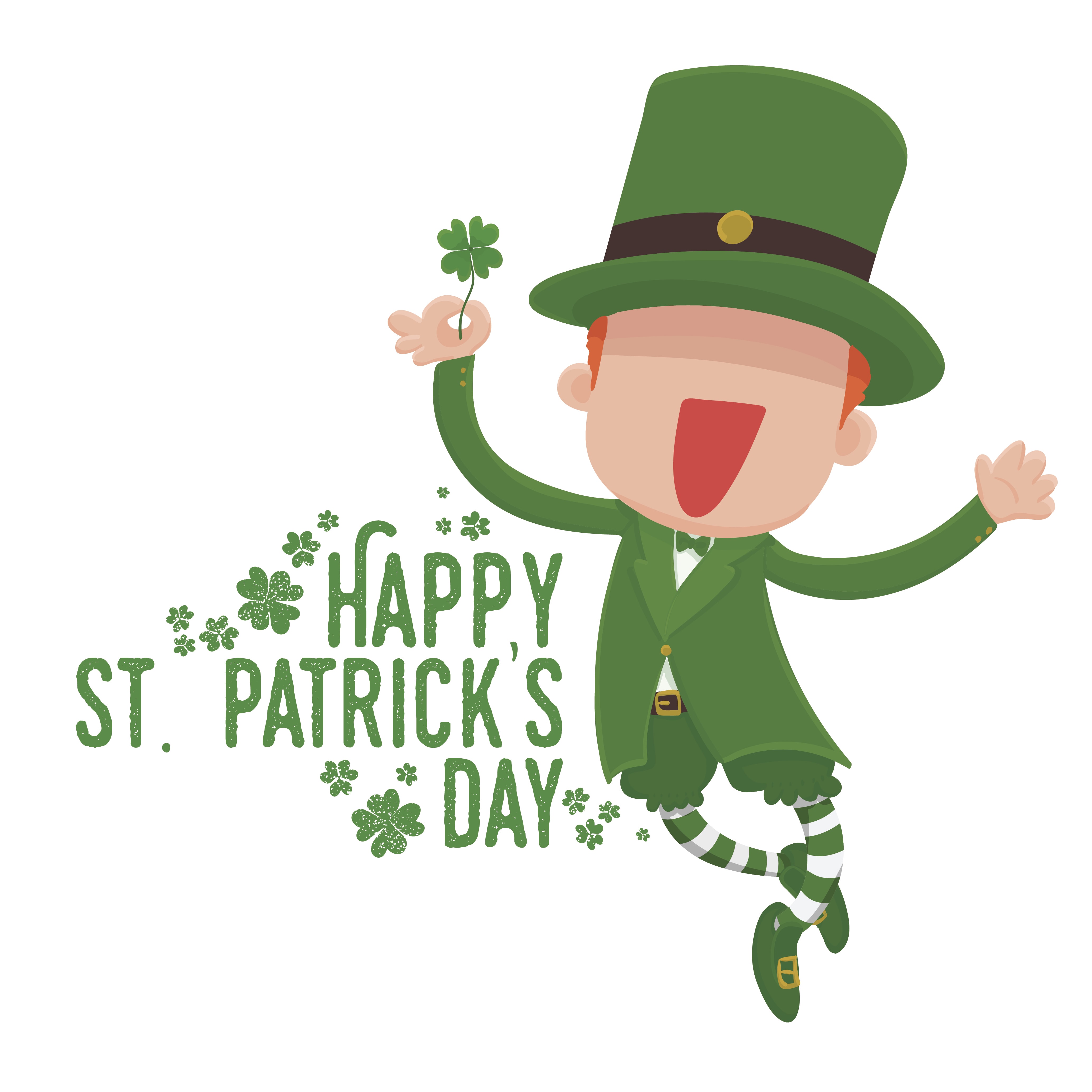Gallery
Photos from events, contest for the best costume, videos from master classes.
 |  |
 |  |
 |  |
 |  |
 |  |
 |  |
“Its official color was a sky blue, known as St. Patrick’s blue,” Stack says. By then, the ever-rebellious Irish had chosen a different hue to symbolize their country. The racing colours are "Saint Patrick's blue with gold sleeves, and a St Patrick's blue cap with gold tassel". [44] One such horse is Suailce, [45] which won the 2008 Irish Cesarewich. [46] The blue in the ribbon of the service medals of the Irish Defence Forces is described as "St. Patrick’s blue". [2] [47] St Patrick's Hall, Dublin Castle. To save you scrolling, you’ll find some speedy need-to-knows about the first color associated with St. Patrick’s Day below: 1. Yep, it all began with blue, not green. Although people wear green on St. Patrick’s Day, early depictions of St. Patrick show him clothed in fine blue robes. In fact, in Saul Church, which is on the site where St St. Patrick’s Day, celebrated on March 17 each year, is known for its parades, shamrocks, and a whole lot of green. It’s a day when people around the world embrace Irish culture — whether they have Irish heritage or not. But behind all the revelry, St. Patrick’s Day has a deep and fascinating history that goes far beyond the modern celebrations. Some of the traditions we associate with The Irish government didn’t recognize St. Patrick’s Day as a public holiday until 1903, and the first parade in Dublin wasn’t held until 1931. Even pubs remained closed on March 17 until 1961. St. Patrick’s Day usually conjures images of partying, Catholicism, Irish nationalism and, perhaps most famously, the color green: green clothes, green shamrocks, green beer and green rivers. In recent years, the colors of St. Patrick’s Day have also been used in advertising and marketing campaigns, from beer to clothing brands. The Cultural Significance of St. Patrick’s Day Colors. The colors associated with St. Patrick’s Day have a deep cultural significance, representing the country’s rich heritage and traditions. What Is The Official Color for St. Patrick's Day? While Green is considered the official color of St. Patrick's Day, white, gold, orange, and blue are also associated with Ireland, its history, and its tradition. Hence, people incorporate them in their festive decor and think of St. Patrick’s Day ideas for gifts featuring these specific colors. Official St. Patrick’s Day colors today If you’re going to a St. Patrick’s Day gathering today, though, you’d better get your green on, because it is the most acceptable color to wear on The original color of St. Patrick’s Day was blue, known as St. Patrick’s blue. Green replaced blue as the official color of the holiday around the 1780s. Popular symbols like shamrocks and wearing green today stem from this change. St. Patrick’s Day usually conjures images of partying, Catholicism, Irish nationalism and, perhaps most famously, the color green: green clothes, green shamrocks, green beer and green rivers. (THE CONVERSATION) St. Patrick’s Day usually conjures images of partying, Catholicism, Irish nationalism and, perhaps most famously, the color green: green clothes, green shamrocks, green beer St. Patrick’s Day was once a solemn feast day when you’d be far more likely to see the color blue. In fact, there’s even a color known as St. Patrick’s blue. But the color that people originally associated with St. Patrick was blue! (Some ancient Irish flags even sport this color.) Green was finally introduced to St. Patrick’s Day festivities in the 18th century, when the shamrock (which is, of course, green) became a national symbol. In addition to St. Patrick’s Day being represented by symbols, there are also four St. Patrick’s Day colors with special meaning this time of year. The four St. Patrick’s Day colors are green, blue, orange and white. Three of these St. Patrick’s colors are even appear as colors of the Irish flag (green, white and orange). The color of St Patrick is Blue. Green is Ireland's national color. Green has been gradually accepted over time as the color of St. Patrick's day for numerous reasons. Most famously, the 3 leaf In conclusion, the colors associated with St. Patrick’s Day have a rich history and symbolism that extends beyond their association with the shamrock and Saint Patrick’s Day. Green, orange, and white are colors that represent Ireland’s love for its land, its people’s connection to the earth, and the country’s complex history and What was St. Patrick’s original color? Patrick was first represented by the color blue. This 13th-century image of St. Patrick depicts Ireland's patron saint in a blue robe. To this day, several sports teams in Ireland wear Saint Patrick’s Blue on their uniforms. Additionally, there are several pieces of artwork depicting Saint Patrick dressed in light blue robes. How Did the Color Associated With Ireland and St. Patrick’s Day Change From Blue to Green? There are a few explanations for the color change in Ireland. St. Patrick’s Day usually conjures images of partying, Catholicism, Irish nationalism and, perhaps most famously, the color green: green clothes, green shamrocks, green beer and green rivers.
Articles and news, personal stories, interviews with experts.
Photos from events, contest for the best costume, videos from master classes.
 |  |
 |  |
 |  |
 |  |
 |  |
 |  |